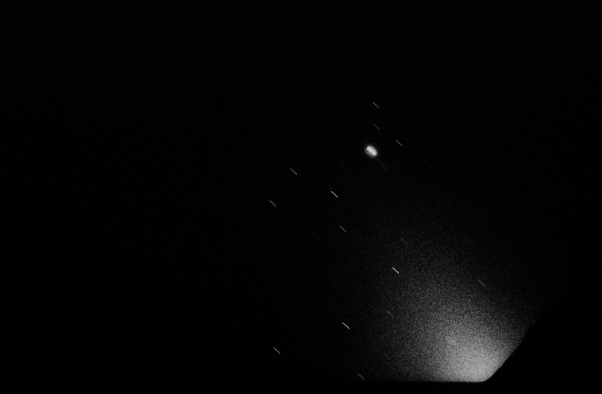
As always with stellar images, the brightest object in the sky is highly likely to be a planet, and it doesn’t take long to identify this one as Jupiter (the science report and mission report both confirm they knew it was there). As discussed on previous pages, the presence of a planet is also useful in identifying a specific time, as a few days either side of this image and Jupiter would be somewhere else entirely, not to return there for another 11 years. Another notable star in the image is Nunki -
As with other missions, we can look to see where the Apollo craft would have been when it took this image, assuming that we are seeing the lunar horizon. The timing if the photograph suggests it was approaching the start of the next revolution, which is always marked at the anti-
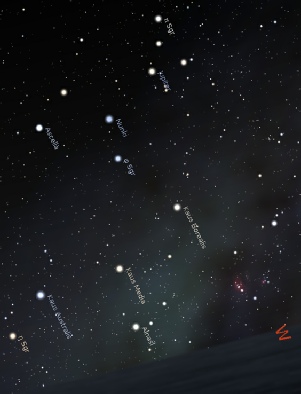
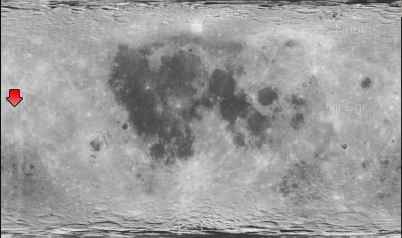
The position of the horizon is a reasonable match, although its angle does differ slightly. However, Stellarium’s view is placed at ground level, not at around 100km up, and the lunar horizon is not necessarily perfectly flat. There is a soft line along the bottom of the photograph that is very likely to be the CSM window.
Of course there are those that will claim that the photograph could easily have been taken from Earth, and theoretically this is true. However in the same magazine of images there are photographs of the lunar far side, which self-
Next up are the solar corona images taken by the Hasselblad a few hours later at 134:50, towards the end of revolution 25 which began at 133:08. The one below is AS17-
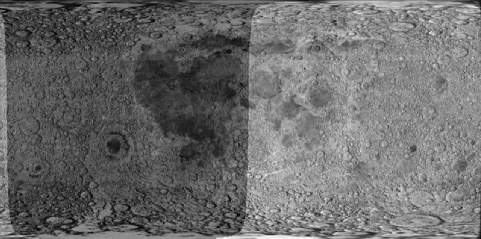
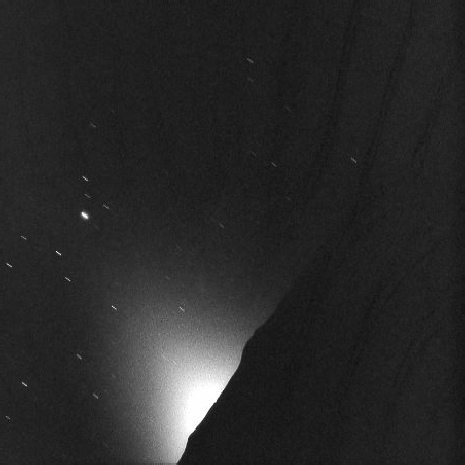
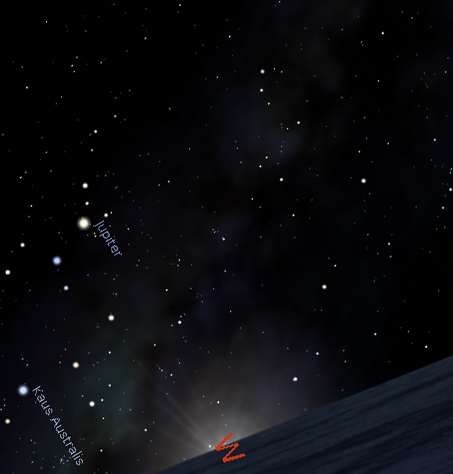
The photographic record can be confusing here. The position of the CSM, given that the photographs are taken towards the end of the orbit and heading towards the sun, should mean that the corona gets larger and the images much brighter overall. This is not, however, what seems to be happening -
So, what’s going on here?
Well, one clue is the shape of the stars in the photographs They start out as trails and end as much smaller points and with fewer of them. This is clearly suggestive of much faster exposure times to compensate for the increasing brightness of the sun as it gets nearer. This is confirmed by the mission report, which details the shortening exposure time as they near sunrise.
The other thing to look for us the position of the stars themselves. By the end of the sequence there are few objects visible, but the two that stand out are Nunki and Jupiter. If we look at the relative positions of these two objects compared with the mountains on the horizon in the image below, it becomes clear (as shown by the two yellow arrows) that they are moving upwards in the sky as the CSM moved towards the sunrise. We also get the arrival of two new stars on the horizon (inside the red circle) that were previously hidden. The net movement is, therefore, of the CSM towards the sunrise.
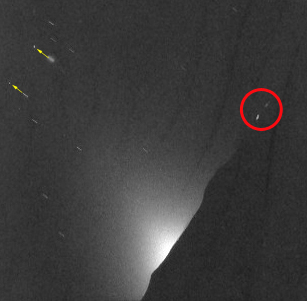
The same is likely to be true of the Zodiacal light images discussed above, but there are not enough clear views of a horizon to be certain.
As with the previous magazine, we have images of the lunar far side and as an extra bonus we have a picture of Earth, AS17-
The next Zodiacal light images are on the 13th, and are recorded in the photo-
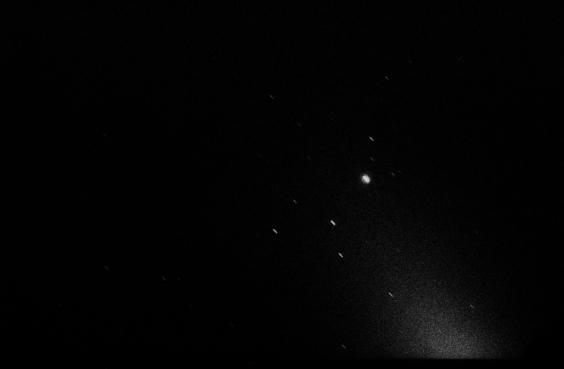
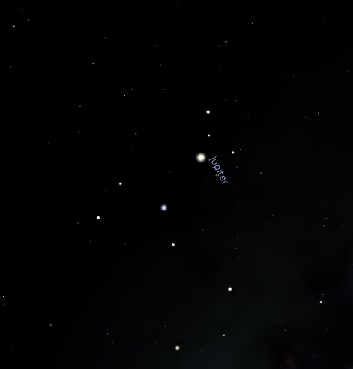
A day later, we have another shot at Zodiacal light. The timeline puts it at 182:20, and the photography index puts it as occurring on revolution 49, which ended at 182:34, so again we should be seeing the lunar sunrise. AS17-
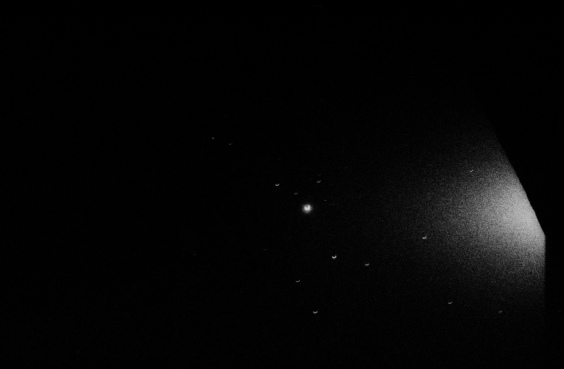
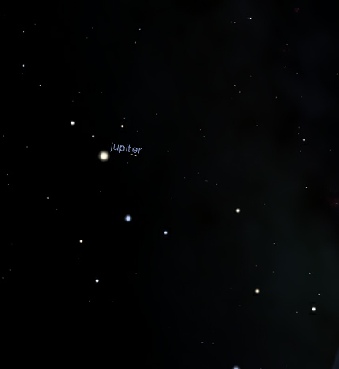
It’s worth pointing out here that as we are now nearly 52 hours on from the first zodiacal light, the position of the terminator has now changed. The location of the terminator and the likely position of the CSM are shown below.
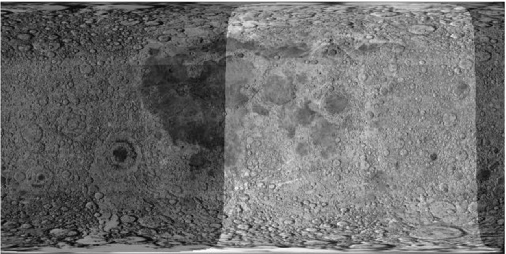

As we can see, the location of the terminator has moved considerably, as has the location that the CSM would need to be found in order to photograph its target.
We have something else to consider here, namely that while the stellar background in these photographs is a constant, the appearance of Jupiter means that we should see some change over the course of the photographs, even if it is only small.
The images below show what Stellarium predicts should be the movement of Jupiter relative to the 3 nearest stars over the three different zodiacal light photography periods using the Nikon. This is compared with the best equivalent images of those objects from the 3 photography sessions superimposed (AS17-
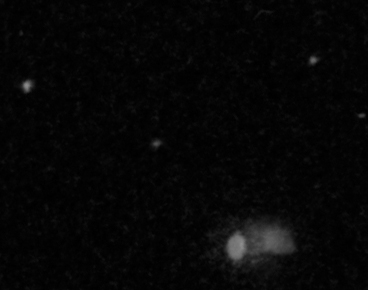
Not convinced? OK, let’s superimpose these two sets:
So, we have 3 images of zodiacal light taken over 51 hours. Jupiter is not only visible in the 3 images, exactly where it should be on those dates, it can be seen to move across the lunar sky exactly as it should do over that time and in a different position than that which would be seen on Earth.
How much more do you want?
Apollo happened.
Apollo 17 Low Light Photography
For Apollo 17 we are, at last, blessed with a complete set of 35mm Nikon and 70mm Hasselblad films available at the Apollo Image Atlas. We are therefore in a position to use high quality images instead of snapshots from poor quality pdf scans. The low light photography programme was the same as the previous mission: to take lunar surface features in earthshine, and to get zodiacal light, gegenschein and solar corona images. There are also 70mm Hasselblad photographs to examine.
Because Apollo 17’s images are already freely available, there’s no need to look at the earthshine lunar surface images and we’ll just focus here on the stellar photography.
The mission timeline records 4 periods of such photography between the 12th and 14th of December 1972:
- 1 -
Zodiacal light - 16:08 12/12/72 (Nikon, magazine XX) - 2 -
Solar Corona - 20:23 12/12/72 (Hasselblad, magazine QQ) - 3 -
Zodiacal light - 22:28 13/12/72 (Nikon, magazine XX) - 4 -
Zodiacal light - 19:53 14/12/72 (Nikon, magazine YY)
The mission photography index gives which revolutions the Hasselblad and Nikon images were taken in, and this can be verified in the mission transcript. Rev 23 started at 129 hours and 11 minutes (129:11) into the mission. As the photography started at 130:35 we can tell it must have been near the end of that revolution, near the anti-
Of these, the clearest view is given by AS17-
But surely, I hear you cry, this is also what you’d see from Earth? Well, not quite. I picked a location n Earth (Hong Kong to be exact) and did the same comparison over the three time periods -
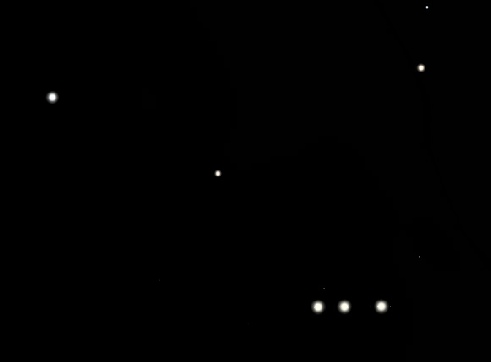
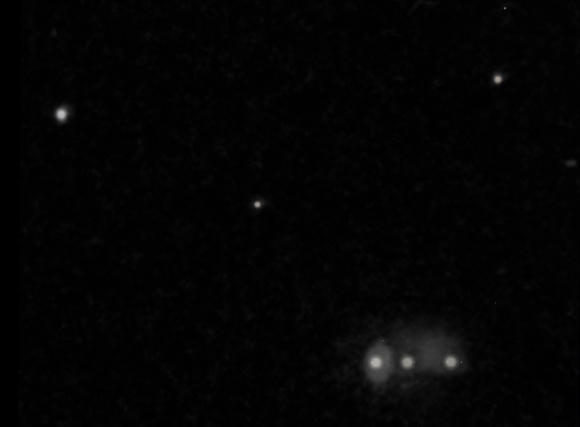
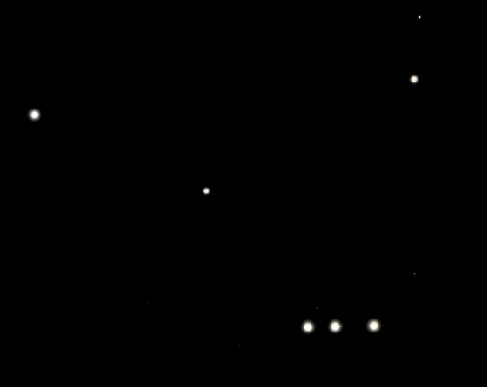
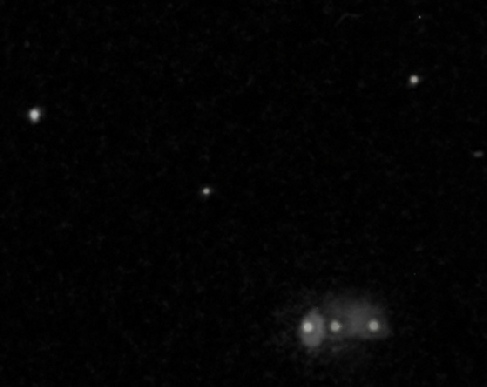
And just to show that Jupiter’s position is subtly different in the Earthbound view, here are the two compared:

